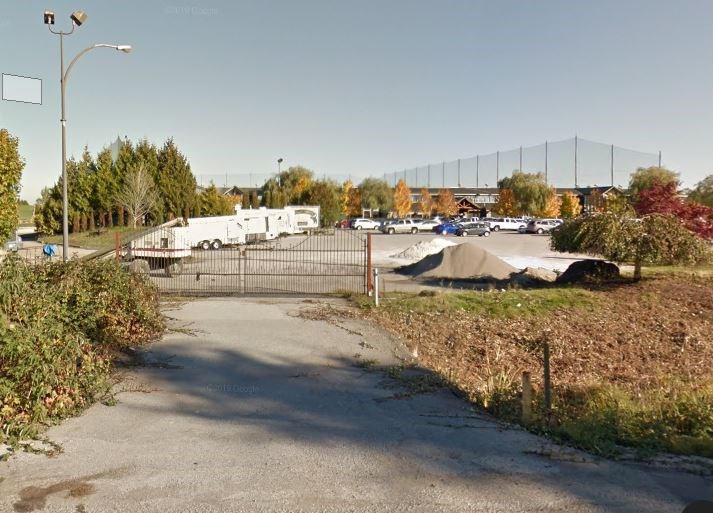The owner of a golf course in the agricultural land reserve, who was fined $70,000 for bringing in too much fill, said he didn’t see documents limiting the amount allowed.
Savage Creek Golf Course was fined for bringing in triple the amount of fill permitted, and while the Agricultural Land Commission (ALC) didn’t specify how many cubic metres it could bring in, elevations and areas where fill could be placed were specified, according ALC documents.
The previous owner was given permission in 1997 to bring in fill to create a nine-hole golf course. The property was bought by Harry Hogler in 2005 at which time he wrote to the ALC saying he wanted to build an 18-hole golf course.
The ALC responded to Hogler saying he could proceed with an 18-hole golf course, but it had to be consistent with “approvals granted under application 28157.” Hogler claims he understood application 28157 to be his, but in fact it was the application from the previous owner. Also, that application included a plan that specified how much the land would be elevated. Hogler said he never saw that plan.
As such, Hogler thought he had the green light to bring in fill and was unaware of any limit as to how much or the fact there were restrictions on elevation.
Hogler said he assumed the ALC was referring to his 2005 application, not to the one made by the previous owners.
The original plan included average fill elevations of about two metres over 23 hectares of land, with 4.77 metres in a small area of the property, according to ALC documents. This amount was equal to 460,000 cubic metres, although the plan didn’t define the volume of fill.
After building Country Meadows Golf Course in the mid-1990s, Hogler’s idea was to build Savage Creek into a “super course,” something people wouldn’t get bored with.
“In no way was I trying to make a pile of money,” he said.
When he bought the property, it already had a lot of fill brought in.
Hogler said the majority of the fill he brought in was between 2005 and 2009. In the early days, he was receiving about $33 per load.
He continued to bring in a little bit more until 2017 when the ALC started to question what he was doing on his property.
He said he then stopped immediately.
Hogler said the property is very visible and there were thousands of people coming in and going out as the driving range was open the whole time, adding he wasn’t trying to hide anything.
“No one had a problem with (the property) until 2017,” Hogler said.
The ALC received a topographical survey of the property in June 2018, which showed fill elevations up to 13 metres, with an average elevation of about eight metres on 17 hectares and three metres on a six-hectare area.
A “conservative estimate” of fill volume brought onto the property is about 1.5 million, going over what was allowed by 1.08 million cubic metres, according to the ALC’s documents.
The CEO of the ALC, Kim Grout, wrote in her decision imposing the penalty, that she doesn’t have any basis “to conclude that the Owner was deliberately contravening the original Commission’s decision.”
But, she adds, that it’s the owner’s responsibility to make sure it’s “compliant with the Commission’s decision,” and that it’s her view that the owner “failed to act with due diligence.”
Hogler said his intention was to do some good and build something for people to use, bringing in the best soils possible.
“Basically, what I’ve done is build a park that will be there for 200 years,” Hogler said.



